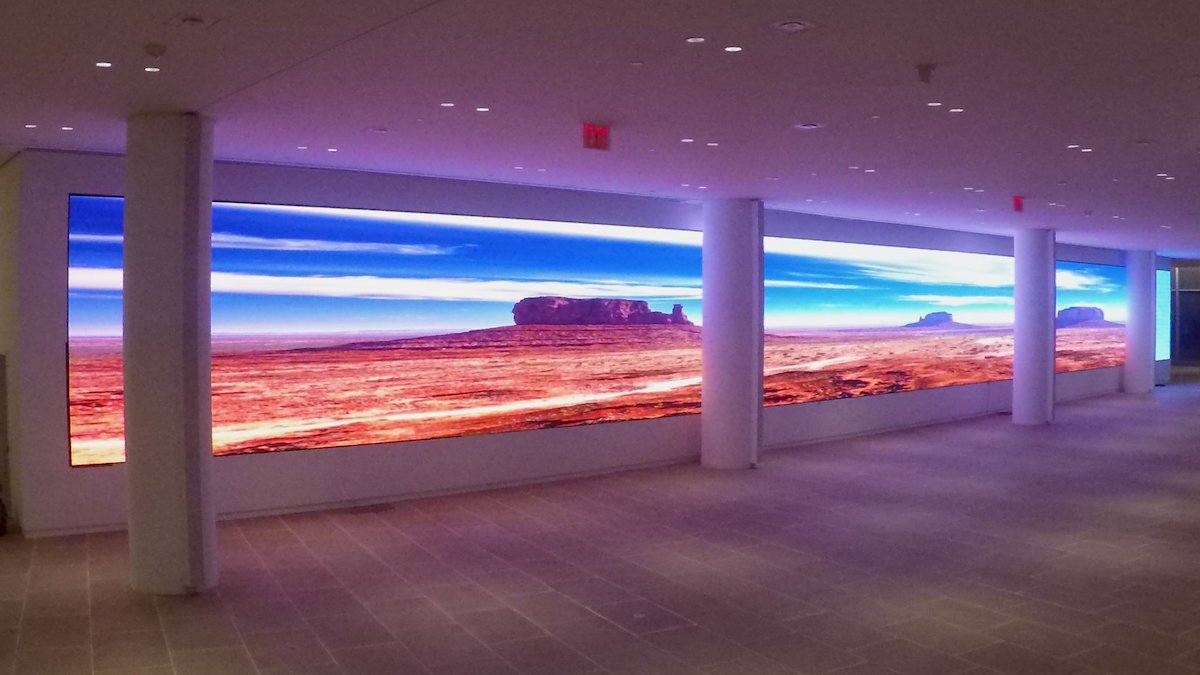When talking about image clarity, it is crucial to take into account pixel pitch, which is the distance between the midpoint of one picture element to the midpoint of the following pixel. A smaller pixel pitch results in a greater image clarity, enabling additional detail in the visuals displayed. For example, an LED screen with a picture spacing of 1.5mm will offer a sharper image than one with a pixel pitch of 3mm. This is especially important in environments where viewers are close to the display, such as in a compact location or a exhibition event booth. In these cases, a higher resolution can significantly enhance the viewing experience.
Another factor of image clarity is its effect on color precision and brightness. LED walls with higher resolutions often have superior hue rendering, meaning that the hues displayed are more vibrant and realistic. This is essential for article source uses like marketing, where the objective is to capture interest and communicate a message efficiently. Additionally, greater image clarity screens can maintain brightness levels even when viewed from different angles. This is important in large venues where viewers may be positioned at different ranges and angles from the screen.

The performance of LED walls is also influenced by image clarity in terms of update frequencies and reaction durations. A higher resolution display can handle faster refresh frequencies, which is essential for dynamic content such as videos and animations. This means that the visuals on the screen will appear more fluid and increasingly seamless, improving the overall viewing experience. In comparison, reduced image clarity screens may have difficulty with dynamic material, resulting in fuzziness or delay. Therefore, for occasions that depend on dynamic images, choosing a display with a suitable resolution is critical.
In conclusion, image clarity plays a crucial role in defining the performance and image clarity of LED screens. Elements such as picture pitch, hue precision, brightness, refresh rates, and reaction durations all affect how efficiently a display can convey information and engage audiences. As advancements continues to progress, grasping these factors will help users select the appropriate LED screen for their particular requirements, guaranteeing that they obtain the best potential outcomes in their displays and occasions.